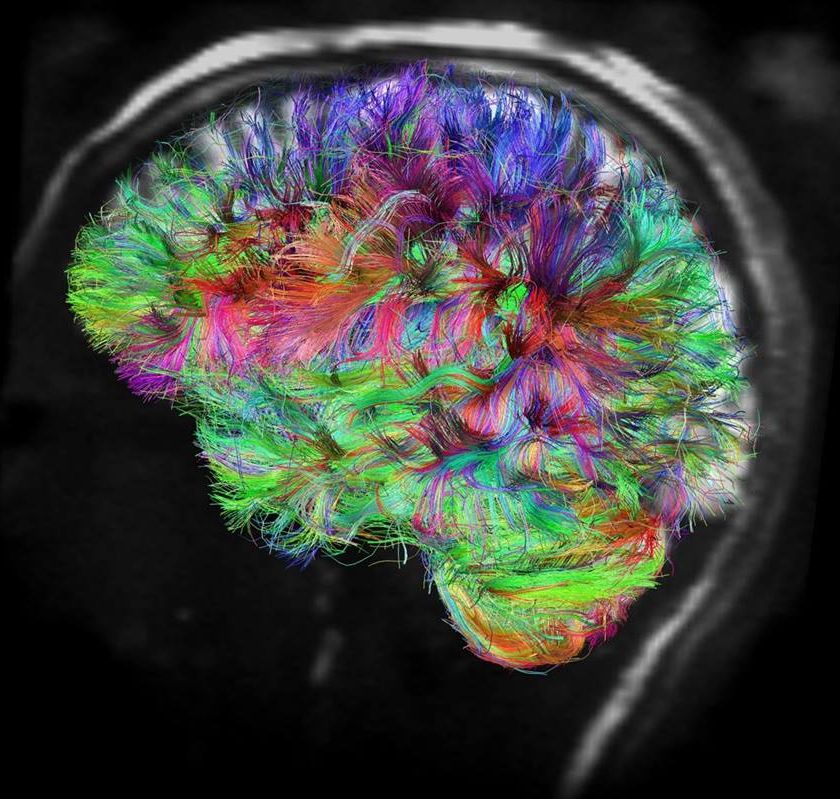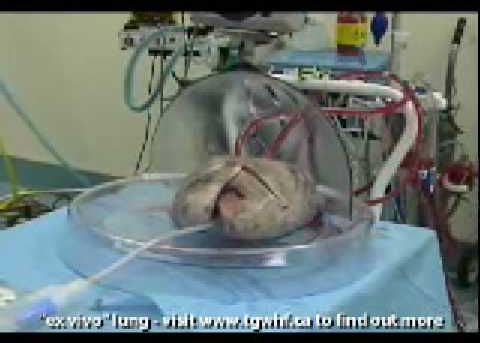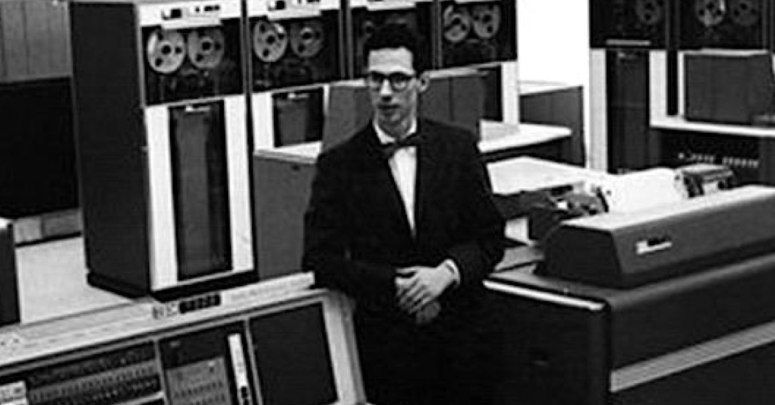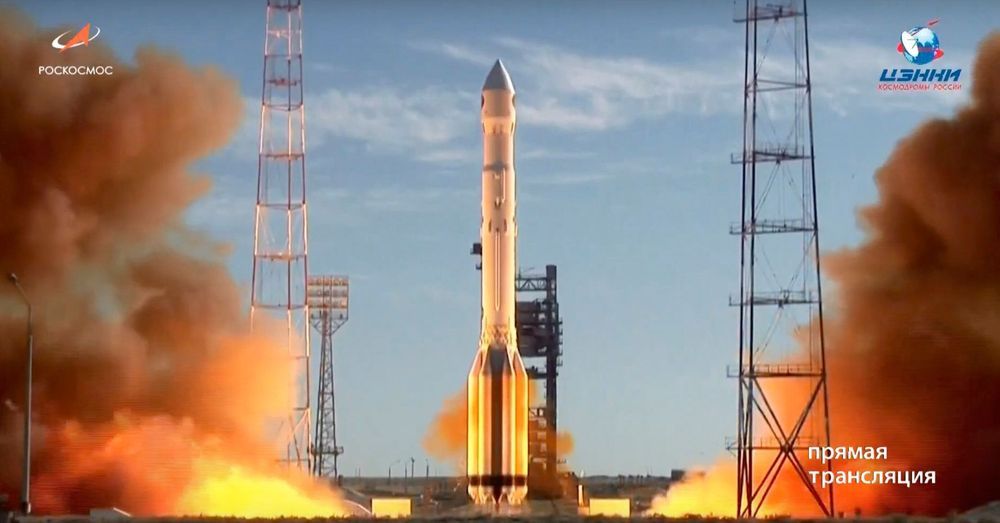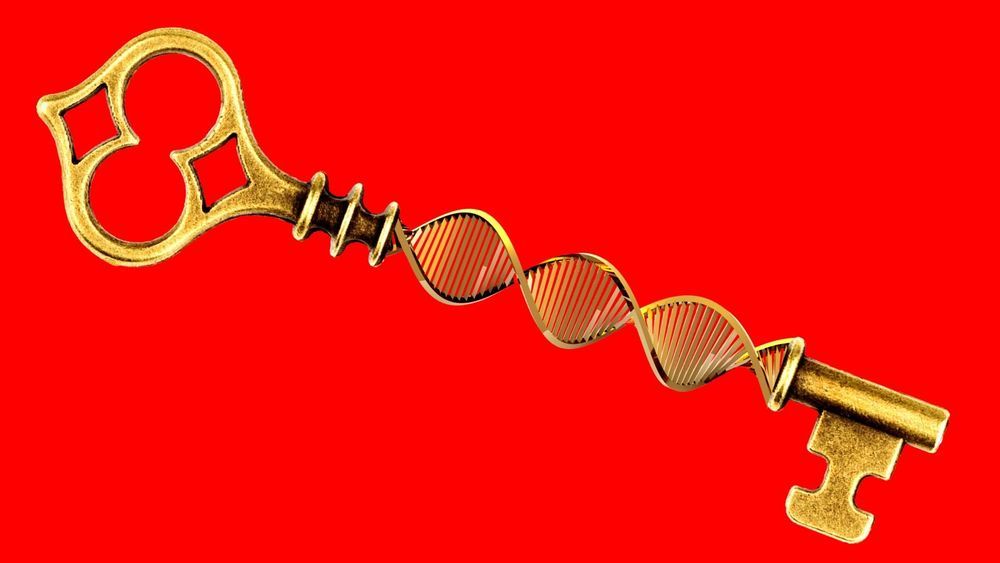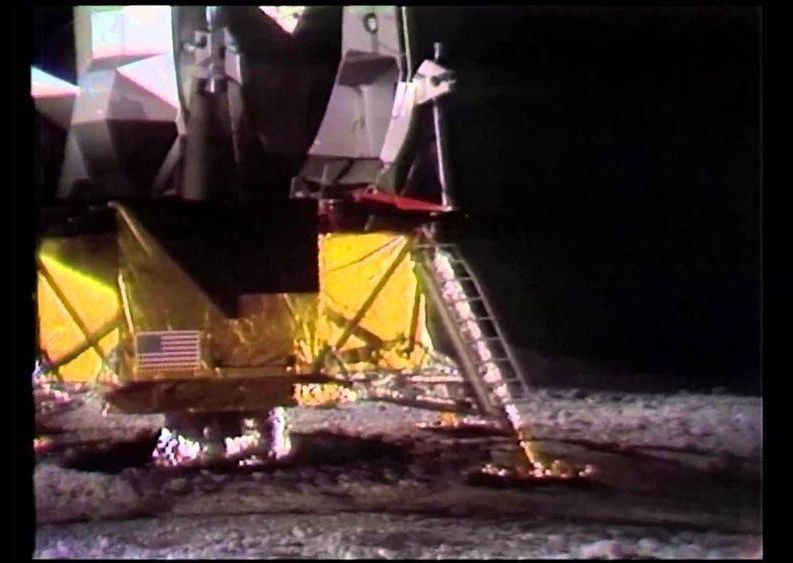Jul 14, 2019
About the Fuss: Is Bitcoin really important?
Posted by Philip Raymond in categories: bitcoin, cryptocurrencies, economics
This afternoon, an automated bot at Quora suggested that I answer a reader question. Quora is essentially an “Ask the expert” web site. It is the world’s largest, cataloged and indexed Q&A repository.
This is the question I was asked to answer:
Some pundits believe Bitcoin is a fad, while others seem to feel that it is better than sliced bread. I like sliced bread.* Is Bitcoin really that cool? —Or is it just a lot of Geeky hype?
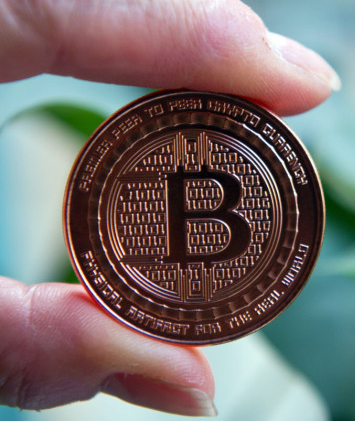
One other columnist answered before me. Normally, I pass on an invitation, if a question has already been answered. But in this case, the individual answering the question has yet to see the light. He has wandered into the Church of the Blockchain, but he just didn’t realize that the man sweeping the floor is the prophet.
Continue reading “About the Fuss: Is Bitcoin really important?” »
